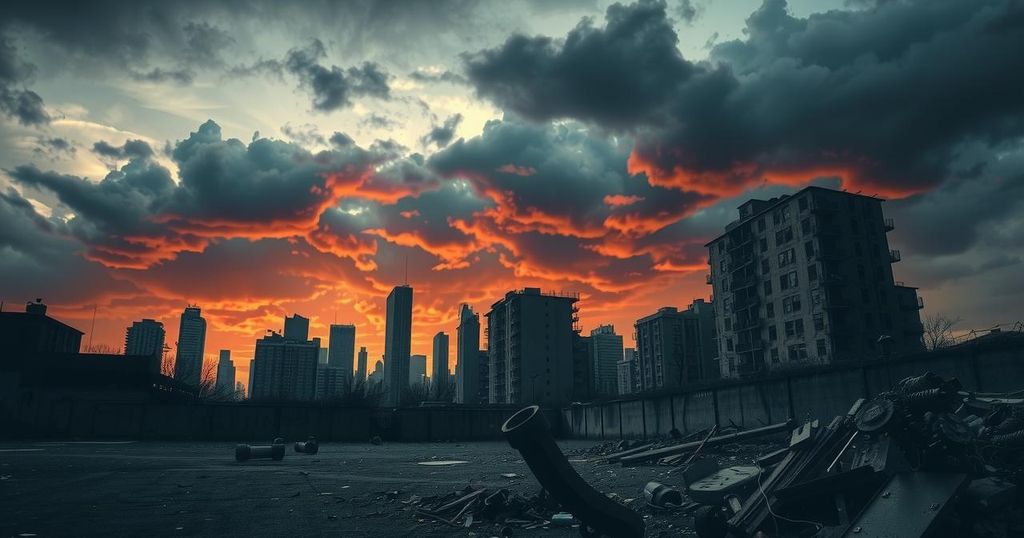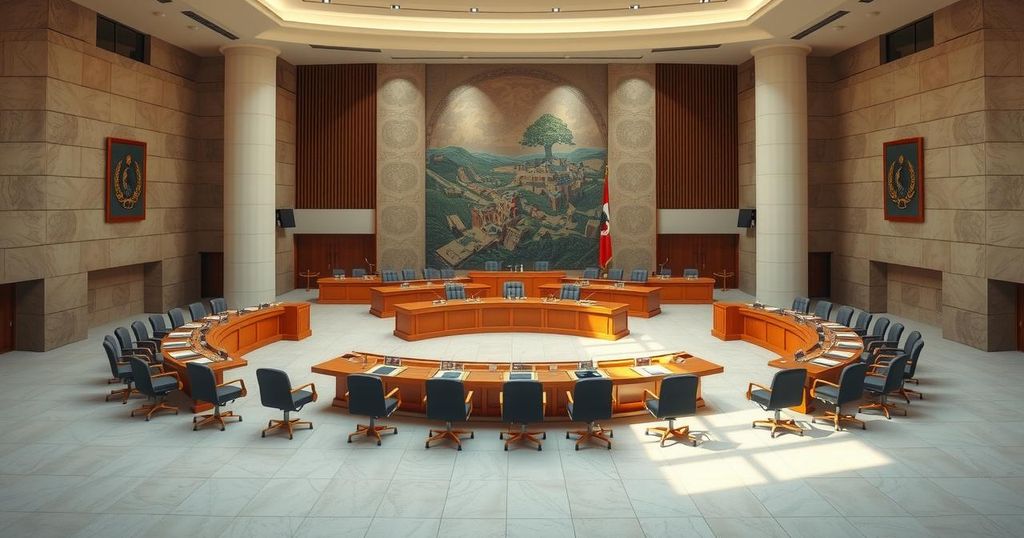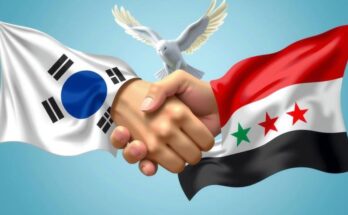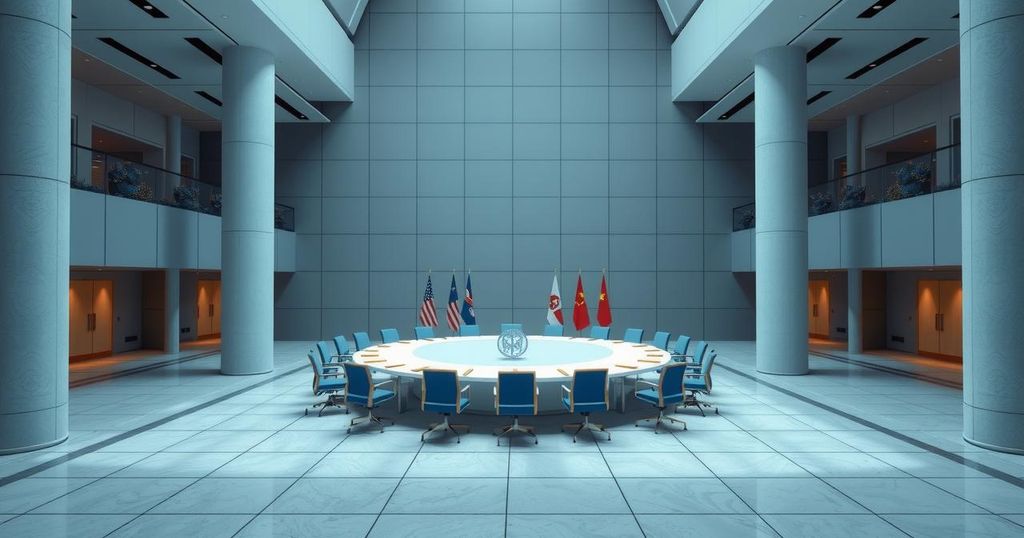The UN reports nearly 3,000 deaths in Goma, DR Congo, following a rebel takeover amid ongoing violence. Despite a ceasefire declaration from the Alliance Fleuve Congo, heavy fighting continues, further complicating the humanitarian crisis. Accusations have surfaced regarding Rwandan support for the rebels, as the situation remains precarious with control over vital transport routes and severe civilian impact.
The city of Goma in the eastern Democratic Republic of Congo (DR Congo) has suffered nearly 3,000 fatalities following its capture by rebel forces after intense fighting with the Congolese army, as reported by the United Nations. Vivian van de Perre, deputy head of the UN mission in the region, noted that 2,000 bodies have been collected from streets while another 900 remain in morgues. The death toll is expected to rise as many bodies are still unrecovered in various locations.
The rebel coalition known as the Alliance Fleuve Congo (AFC), which includes the M23 armed group, declared a ceasefire, citing the humanitarian crisis. However, the Congolese government dismissed this ceasefire as a misleading statement, with reports of continued combat in South Kivu province. The region has a long history of violence resulting from ethnic strife and struggles over land and mineral resources, leading to profound humanitarian issues.
Accusations have been levied against neighboring Rwanda for allegedly supporting the M23 group, comprised mostly of ethnic Tutsis who previously defected from the Congolese army. While Rwanda denies direct involvement, its government admits to having military forces stationed in eastern Congo for security purposes. President Paul Kagame has stated uncertainty regarding the presence of Rwandan troops but emphasizes safeguarding national security.
Since 2022, the M23 group has intensified its insurgency, reclaiming territory in North Kivu province, which is rich in valuable minerals like coltan, essential for electronics. Reports of ongoing conflicts along key routes leading to Bukavu, the capital of South Kivu province, indicate escalating tensions, prompting rising concerns from the UN.
The rebels have aimed to consolidate control in the areas they have captured, despite asserting that they do not intend to attack Bukavu or other locations housing displaced civilians. The Congolese government has yet to confirm the rebels’ control over Goma, although it acknowledges their presence. Recently appointed military leadership indicates a state of siege in North Kivu amid the escalating conflict.
Van de Perre highlights a deeply troubling humanitarian crisis where nearly 2,000 civilians have sought refuge in UN peacekeeping facilities due to intense violence. The situation remains extremely volatile, with all exits from Goma under the control of the rebels, leaving civilians and humanitarian operations in peril.
The conflict in the Democratic Republic of Congo has its roots in historical ethnic tensions, competition for land, and disputes over vast mineral wealth. Goma, the capital of North Kivu, is strategically significant due to its proximity to Rwanda and its rich natural resources. The resurgence of M23, a group formed from a breakaway faction of the Congolese army, reflects ongoing instability exacerbated by regional influences and competition over resource control, perpetuating one of the world’s largest humanitarian emergencies.
In summary, the situation in Goma represents a significant humanitarian crisis, marked by escalated violence resulting in a staggering death toll. The ongoing conflict reflects deeper ethnic and economic tensions within the region. The international community faces an urgent challenge to address both the immediate humanitarian needs and the underlying factors driving the prolonged instability.
Original Source: www.cnn.com




